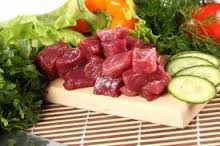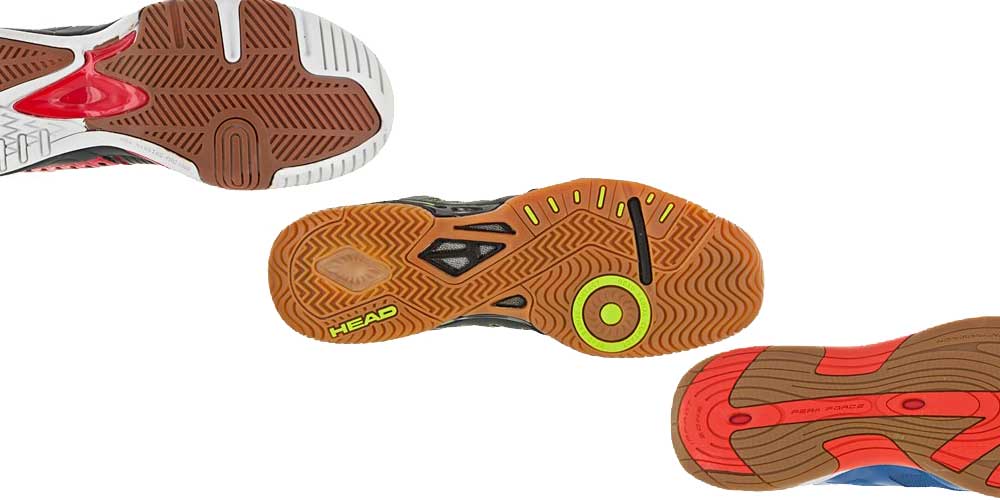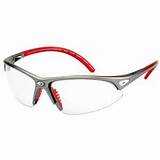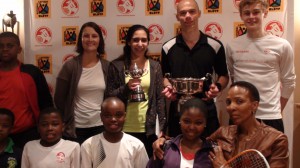(This is a recommendation and for expert advice consult a qualified nutritionist)
When you engage in hard physical exercise with high intensity and long endurance you need an eating plan that can feed your body and help it cope with optimal recovery.
These basic guidelines will help.
- Load Up on Carbohydrates
Carbs are a sportman’s fuel. Your body changes them to glucose, a form of sugar, and stores it in your muscles as glycogen. When you exercise, this glycogen is turned into energy. For high-intensity activities use some of these strategies:
- Great carbohydrates include breads, cereals, pasta, fruit, and vegetables
- On the day of a big event, eat your last meal at least 3 to 4 hours before exercising as this gives your stomach a chance to empty.
- Try not to eat sugary or starchy foods within 30 minutes of starting your game as this tends to lead to high and low spikes in your energy levels.
- Replenish carbs, minerals, and water during long exercise sessions. Eat a snack and drink fluid every 15 to 20 minutes. Sports bars, sports drinks, or gels, can be convenient, but fruit and fruit juice are excellent choices.
- Remember to replenish your body with carbs after a hard workout.
- Get Enough Protein, But Not Too Much
Protein doesn’t provide a lot of fuel for energy but is necessary to maintain your muscles.
- Protein supplements if you do not want to eat too much heavy meat are lean meats, fish, poultry, nuts, beans, eggs, or milk.
- “Milk is one of the best foods for recovery after an event, because it provides a good balance of protein and carbohydrates,” Dubost says. Milk also has both casein and whey protein. This combination can be useful to athletes. Research shows that whey protein is absorbed quickly, which can help speed recovery immediately after an event. Casein is digested more slowly, helping to ensure long-term recovery of muscle after a grueling event.
- Not TOO Much Fat
During long events your body turns to fat for energy when carbohydrate sources run low. Most athletes get all the fat they need by following the basic dietary guideline to eat mostly unsaturated fat from foods such as nuts, avocados, olives, vegetable oils, and fatty fish like salmon and tuna. Avoid fatty foods on the day of an event, since they can upset your stomach.
- Drink Fluids All The Time
Intense exercise, especially in hot weather, can quickly leave you dehydrated. Dehydration, in turn, can hurt your performance and, in extreme cases, threaten your life. Don’t wait until you’re thirsty. By the time you feel parched, you could be seriously dehydrated.” If your urine is a pale yellow color you’re getting enough fluid. Bright yellow or dark urine means you’re falling short. Try to take in as much fluid as possible before as well as during an event. If possible, drink chilled fluids, which are more easily absorbed than room-temperature water. Chilled fluids also help cool your body down Always have some kind of fluid court side.
- Replace Lost Electrolytes
Sweating removes both fluids and electrolytes. Electrolytes help transmit nerve signals in your body. To replenish them, reach for sports drinks. If you’re also losing a lot of fluid as you sweat, dilute sports drinks with equal amounts of water to get the best balance of fluid and electrolytes.





 Squash is a fast moving game. You need to make quick changes: start, stop and constant turning. Finding the correct squash shoes can not only help improve your game, it can keep you injury free.
Squash is a fast moving game. You need to make quick changes: start, stop and constant turning. Finding the correct squash shoes can not only help improve your game, it can keep you injury free.












